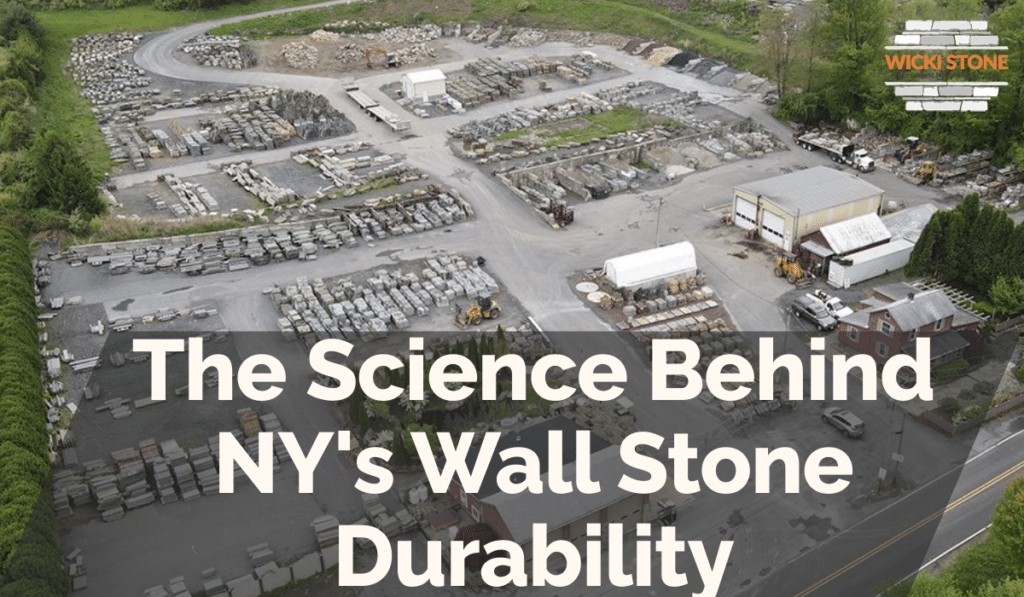
The Science Behind NY’s Wall Stone Durability
The historical city of New York is highly recognized for its impressive stone architecture. While modern engineering has allowed for the creation of skyscrapers and extravagant glass buildings, it’s the solid, reliable, centuries-old stone walls that truly captivate attention. What’s underneath this fascination? The secret lies in the superior durability of NY wall stones, a testament to the ingenious construction methods and the quality of the natural stones used in the city’s architecture. But what factors contribute to the considerable resilience of these stones? Let’s dive into the science behind NY’s wall stone durability.
The Geological Characteristics of NY Stones
The resistance of NY’s wall stones to weathering and other forms of degradation can be attributed to their geological traits. Predominantly consisting of limestone, sandstone, and shale, these materials have proven their resilience throughout human history.
Limestone
Limestone, formed from the remains of ancient sea life, contains calcium carbonate to give it remarkable hardness and durability. Over time, it solidifies into a robust material perfect for construction.
Sandstone
Sandstone, on the other hand, forms from compressed layers of sand deposited over millions of years. Natural cementing materials provide this stone’s strength and resistance to erosion.
Shale
Shale is a compressed sedimentary rock formed from layers of clay or mud. It’s renowned for its strength and longevity, often used in the construction of buildings and walls.
Stone Processing and Masonry Techniques
Scientific understanding and technological advancements in stone processing methods have also enhanced the durability of NY’s wall stones.
Quarrying and Cutting
Quarrying and cutting techniques have a significant effect on a stone’s durability. The most resilient stones are often cut ‘against the grain’, minimizing the stone’s exposure to potential structural weaknesses.
Placement Techniques
The manner in which the stones are placed during construction can influence the overall durability of the finished wall. Proper stone stacking techniques are designed to distribute weight evenly and avoid stress concentration.
Benefits of Durable Wall Stones
The superior durability of NY’s wall stones leads to several significant benefits.
- Longevity: When well-maintained, stone walls can last for centuries.
- Cost-effective: Despite higher initial costs, the life-span and minimal maintenance requirements make stone walls a cost-effective construction choice in the long run.
- Environmentally friendly: As natural materials, stones have minimal environmental impact compared to synthetic building materials.
FAQs
What types of stone are most commonly used in NY construction?
Limestone, sandstone, and shale are the types most commonly used due to their natural availability and durability.
What factors influence the durability of wall stones?
The geological characteristics of the stones, stone processing methods, and masonry techniques all contribute to stone durability.
Conclusion
The science behind the durability of NY’s wall stones involves a fascinating blend of geology, engineering, and craftsmanship. This understanding provides a new perspective of the city’s stone architecture, highlighting not just the aesthetic beauty, but their inherent strength, endurance, and eco-friendliness that have stood the test of time and continue to define the heart of the Big Apple.
